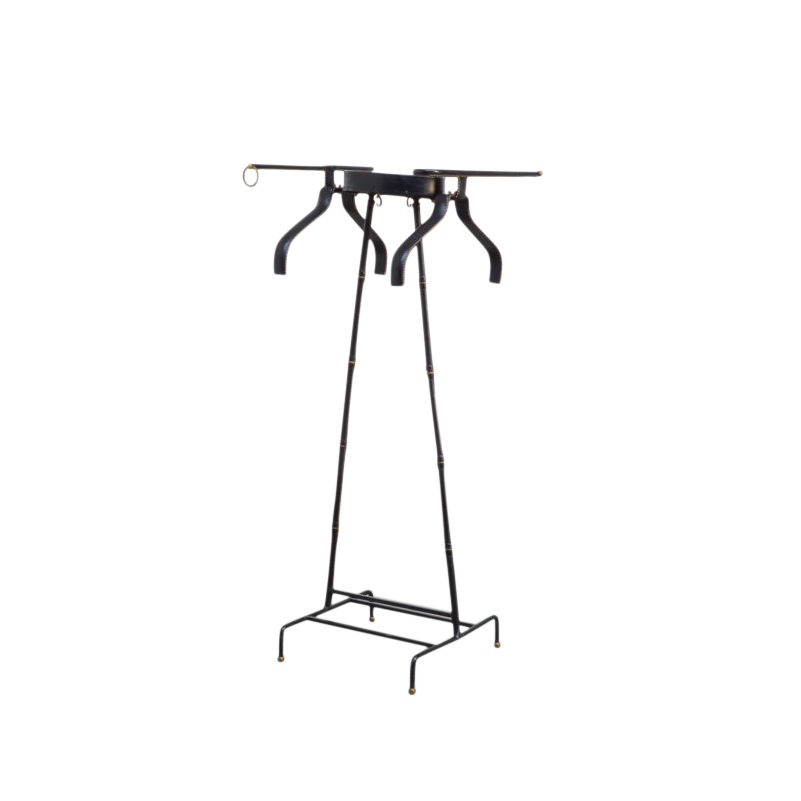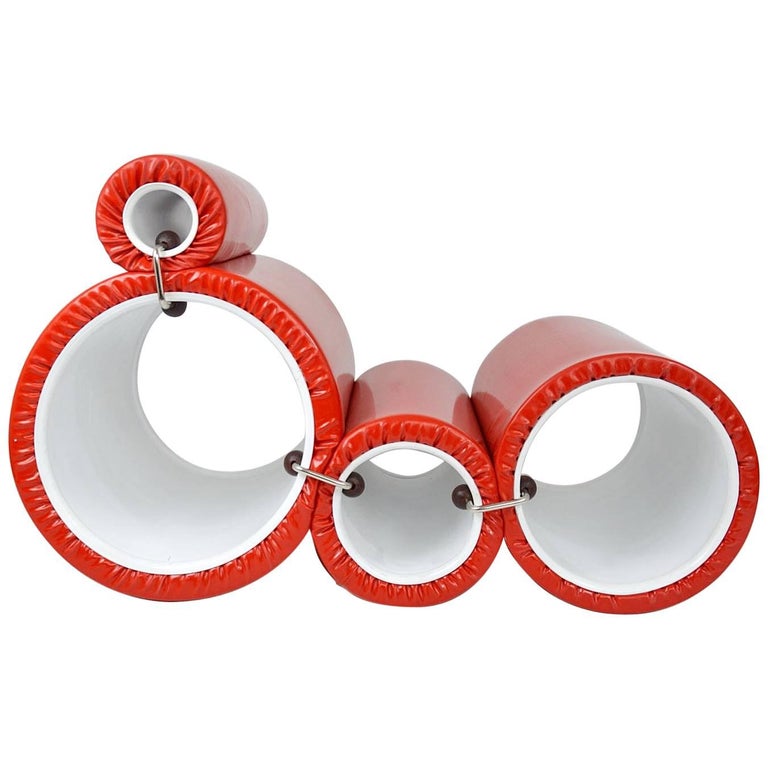I have a Skovby dining table that is in very good condition, but the wood is fairly dry and exposed and needs protecting. My two questions:
- Can anyone recommend a good oil/finish to put on the table that will provide a hard surface and won't darken the color?
- Can anyone suggest how to get out a few small food/grease stains before finishing the table (see picture)?
Some pictures: https://imgur.com/a/uz6ZUWX

Again, maybe @tktoo2? From my limited experience I can say that oil finishes in general tend to darken the wood and they also tend to be pretty high maintenance. You never get a really "hard surface". If you want a clean hard surface you probably have to use lacquer. But I wouldn't reccomend that with teak.
"People buy a chair, and they don't really care who designed it." (Arne Jacobsen)
Thanks, I'd be fine with something that isn't pure oil, like a Formby's Clear Tung Oil which appears to be a varnish, but I haven't tried anything like that so I'm not sure if it darkens a lot. It also appears that Formby's products are no longer being made 🙁
Also, I'm not sure how to get that food stain out. It was from a recent meal, so it's not too aged.
@frnturelvr. I asked my daughter if she had any tips; she used to do a fair amount of restoration on Danish furniture.
Here are her suggestions:-
First off use some white spirits and wire wool on the oil stain and see if that works.
If a bit of staining remains , a light sand might be all it takes. If it leaves it lighter then it just needs to be rehydrated with teak oil/danish oil. What is the original finish? Are you thinking of stripping it? If you are going to use a chemical stripper it might remove the stain. If stain is still there you could give it a LIGHT sand.*
Regarding finish, she has seen a few dealers there (UK) using Osmo Polyx and it looks like a lovely finish. Harder wearing than oil but not a full on lacquer.
* caution :- "take it slowly cos you can always scrub a bit harder or use something harsher if it's not working but it's hard to undo if you go in full on"
Good luck.
Knowledge shared is Knowledge gained
A member here, Spanky, had the great suggestion of cleaning with the oil to be used with super fine wire wool. The idea was to use teak oil (which is a hybrid with many varieties depending on maker). I feel the forum at that time favoured "Starbrite" teak oil which is what I reach for. It does polymerize but is by no means a clear paint coating. Easy to touch up also.
If you Google the product name you will see lots of reviews.
Knowledge shared is Knowledge gained
@frnturelvr, et al. I can no longer resist, though I tried.
Historically, here on DA Forum, this and related questions have garnered quite a variety of answers, opinions, techniques and preferences that, apparently, are very dearly held by some respondents. Rummage through the archives if you enjoy, um, lively repartee.
With that said, I don't disagree with any of what's been offered so far. Fortunately, oil finishes for wood furniture are among the easiest to apply and repair, and nearly impossible to muck up if you follow the directions on the container. I use standard "natural" indoor Watco Danish Oil Finish. Mostly because it's economical, readily available and, let's face it, nearly all of these furniture oils are primarily the same age-old formula of linseed oil and solvent. Some have added resins (natural and synthetic), other plant-based oils, metallic siccatives (drying agents), etc. Note here that product freshness matters, so I try to buy the smallest container available from high-volume retailers. 5-year-old partial containers found out in the garage are to be avoided.
What perhaps is most important is proper cleaning and preparation. The protocol I follow:
Work in well-ventilated space or outdoors in shade and wear appropriate clothes, safety attire, respirator, goggles, gloves, etc.
Inspect piece for any loose veneer or other areas that might catch a rag and result in further damage. Address as necessary.
Thoroughly and vigorously rubdown all surfaces with mineral spirits (I like naphtha because it evaporates faster) and clean white or light-colored rags (easier to see any grime or old wax coming off). I usually do this twice to be sure all potential contaminants are removed. Wetting with mineral spirits will offer a good representation of how surfaces will appear after applying oil finish, an added plus.
Hang rags outdoors to dry.
Treat any stains and or make repairs (the dark stain on this table may respond to single or multiple treatments with oxalic acid if it remains). Successful removal will depend on what caused it originally, but that's probably what I'd try first. I can go into more detail about this if needed.
Lightly scuff-sand with P300 or higher grade sandpaper carefully following grain direction taking extra care at edges. Remember, the veneers on these tables is literally paper-thin.
Vacuum all surfaces thoroughly using a soft brush or soft brush attachment.
Apply oil finish according to directions on container. Here, I will offer advice based on my experience: Keep surfaces saturated for at least 15-minutes before wiping off (again, clean rags!) and I do mean wiping off, like as much as you can get off.
Important: Oily rags can spontaneously combust if left bunched up. I personally know two craftsmen who have lost their workshops and more due to this ...and both knew better! Spread them out or hang outside to dry before disposing (I burn mine right away for peace of mind).
Wait at least a day to dry, run hands over everything to check for any roughness and lightly sand if needed with P400 or higher this time. Repeat oil finish application allowing at least a day between. For an everyday family tabletop, I'd recommend 4 coats followed by quality furniture paste wax once everything is good and dry and, yes, re-wax regularly and repeat the entire process every year or three depending on condition. Old-timers used to say about applying oil finishes, "Once-a-day for a week, once-a-week for a month, once-a-month for a year, and once-a-year for life!"
Seems like a lot of work, but it's really not that bad and good furniture deserves proper looking after so that our kids can either ruin it, toss it to the curb, or get a decent price for it after we're gone, no?
Thanks @tktoo2. I need to digest this, but I would like to know - is the Natural colored Watco Danish oil tinted or will it darken wood? Do you know how it compares to the Formbys? That stuff didn't seem to darken wood much, which I liked.
@frnturelvr, All oil finishes will darken the wood somewhat. However, they are traditionally recommended for teak furniture (especially Danish teak furniture). Film finishes such as lacquers and varnishes are considered anathema among aficionados, in fact.
As I mentioned above, splashing a little paint thinner on it as a test will give you a good idea of what a fresh application of oil will look like.
Watco "natural" is not tinted or toned. No pigments or dyes added as there are to some Watco products.
The repair topics are always very interesting. I'm no expert just a long time reader and repair my own furniture. I like that approaches vary greatly because they need to, and here we have restoration versus minimalist repair. I like to leave as much patina as possible so I don't have to wait for it to return and so I can do only a top for instance, conservation if you will. Another blast from the past threads; Murphy's Oil Soap with hot water for cleaning. That works also but the water part is pretty scary...
If you need any help, please contact us at – info@designaddict.com









